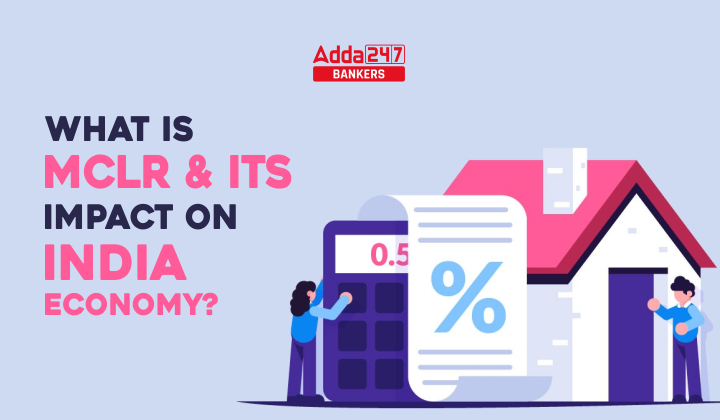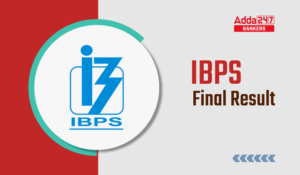Table of Contents
What Is MCLR?
The Marginal Cost of Funds-Based Lending Rate is known to be an internal reference rate for all the banks implemented by the Reserve Bank of India. It accesses the banking organizations to define their minimum interest rate over various types of loans. Banks have to strictly follow the rules, and they cannot lend below the MCLR. If they do not follow the rules, they have to face strict regulatory actions.
However, they can lend below the MCLR if there are any exceptional cases with prior authorization from the Reserve Bank of India. The lending interest rate is opted on the basis of the marginal cost or incremental cost of arranging each rupee respectively for the borrower. In this article, we will enlighten more details on what is MCLR and what are its functions.
Methodology Of MCLR Calculation from the Official Website of RBI
Check out the table below to understand the precise methodology of MCLR Calculation from the official website of the RBI.
| Table II.1: The Base Rate and the MCLR Methodologies – A Comparison | |
| Base Rate System (effective July 1, 2010) |
MCLR System (effective April 1, 2016) |
| (a) Cost of (Borrowed) Funds
(b) Negative Carry on cash reserve ratio (CRR)/statutory liquidity ratio (SLR) (c) Unallocatable Overhead Cost (d) Average Return on Net Worth Base Rate = a+b+c+d
|
(a) Marginal Cost of Funds (b) Negative Carry on CRR (c) Operating Cost (d) Tenor Premium/Discount MCLR = a+b+c +d
|
But there can be certain situations when we might get confused as to how we can apply this methodology. Let’s understand that with an example and its explanation from the official website of RBI.
1. The guidelines specify that MCLR calculated using the methodology prescribed shall correspond to the tenor of funds in the single largest maturity bucket provided it is more than 30% of the entire funds reckoned for determining the MCLR. But my bank does not have a single time bucket which has more than 30% share of the funds reckoned for MCLR. In such a case, the MCLR calculated as per the methodology indicated shall correspond to which tenor?
Let’s assume a bank has the following maturity profile of borrowings:
| Sr. No. | Original Maturity | Balance outstanding as a percentage of total funds (other than equity) | Cumulative weightage |
| 1 | 5 years & above | 15.1% | 15.1% |
| 2 | 3 years & above but less than 5 years | 11.8% | 26.9% |
| 3 | 2 years & above but less than 3 years | 9.3% | 36.2% |
| 4 | 1 year & above but less than 2 years | 16.9% | 53.1% |
| 5 | 6 months & above but less than 1 year | 24.3% | 77.4% |
| 6 | 91 days & above but less than 6 months | 10.5% | 87.9% |
| 7 | Up to 90 days | 12.1% | 100% |
| Total | 100% |
In this case, the MCLR shall correspond to the weighted average of the tenor of the first three time buckets.
When Did MCLR Come Into Existence?
The Reserve Bank of India replaced the base rate system for following up the interest rates with the MCLR system on 1 April 2016. Borrowers who have issued loans before 01 April 2016 are still following the old base rate and the Benchmark Prime Lending Rate system. But, if they find the MCLR system to be beneficial, they can do it by opting for it.
How Does The MCLR Influence The Economy?
The operations of a banking system are known to be a crucial aspect of our economy. If there will be any changes in this sector, it will directly influence India’s economy. The MCLR system elevates the faith of individual borrowers and businesses in the financial sector. It increases the level of transparency in how lending rates will be calculated. It makes individuals and organizations believe in the nation’s banking system.
With access to MCLR, banking organizations can execute effective and soulful transmission of policy rates. It also helps the financial regulatory body to enhance monetary policies.
Current MCLR Rate
The current range of the MCLR for different tenures is 8.9 percent to 9.35 percent. The one-month MCLR has increased by 10 basis points to 8.95 percent, the three-month MCLR to 9.10 percent, and the six-month MCLR to 9.30 percent.
The overnight MCLR rate has also been hiked by 10 basis points to 8.9 percent. The rate associated with some consumer loans, the one-year MCLR, increased from 9.25 percent to 9.30 percent by 5 basis points. The 3-year MCLR is still 9.35 percent, whereas the 2-year MCLR is at 9.35 percent.





 Para Jumble Questions for SBI PO Exam
Para Jumble Questions for SBI PO Exam
 Fillers Questions for SBI PO Mains Exam ...
Fillers Questions for SBI PO Mains Exam ...
 IBPS Final Result 2025 Coming Out Tomorr...
IBPS Final Result 2025 Coming Out Tomorr...



